Challenging separations, we all have faced this vexing problem. You synthesized your compound, analyzed it, and know your molecule is in there, based on LC-MS or TLC. Then, you do some method development using a silica TLC plate and see a major spot with some minor, early-eluting impurities. You think that the purification will be easy only to find that your “purified” compound has some co-eluting impurities. Now what? Should you change solvents or change stationary phase?
In this post, I will show how changing the column media but keeping the same solvents removed a co-eluting impurity in one of my reaction mixes.
If you have read my previous posts, you know that optimizing selectivity is the one of the most important keys to successful flash purification. Without selectivity between your target compound and all of its impurities, complete purification is not possible.
I recently came across this particular issue with one of my reaction mixtures, Figure 1.
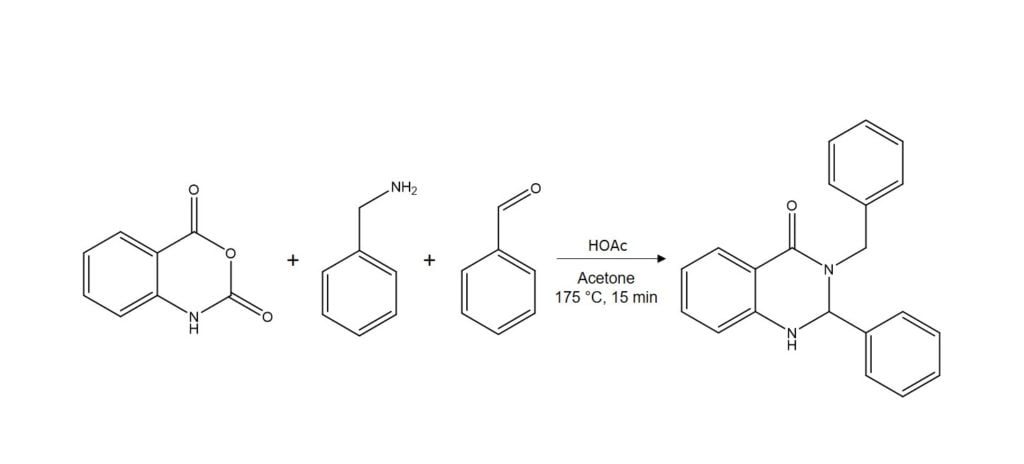
Figure1. Reaction using a Biotage Initiator+ microwave.
TLC showed the separation should be relatively simple with a few minor impurities. My flash chromatography results using a Biotage® Sfär silica column showed otherwise, Figure 2.
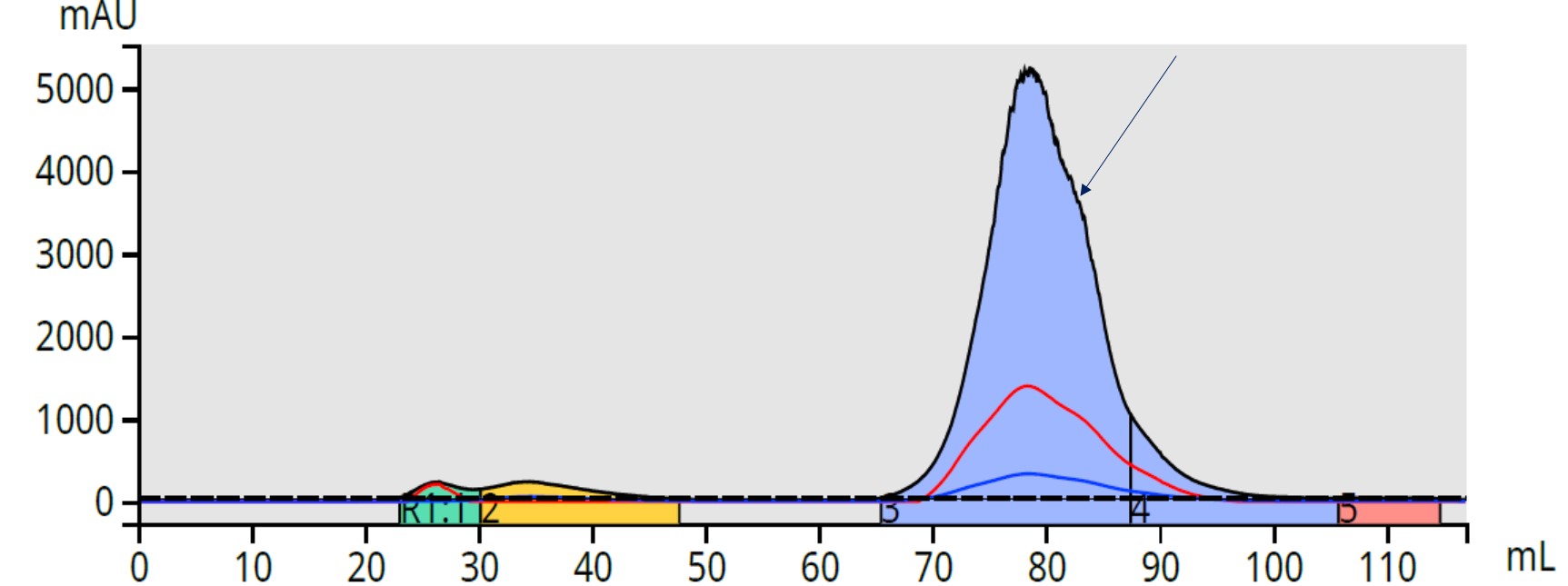
Figure 2. Reaction mixture purification using a 5 g silica column with a 7-60% ethyl acetate in hexane gradient. The main product peak (blue) shows the presence of an impurity (arrow).
With silica, I saw two early eluting peaks followed by what I thought was my “pure” product only to see a non-Gaussian shaped peak with a shoulder on the backside of the peak. This typically indicates there is some impurity within the product.
Mass analysis of my product fractions showed +m/z of 316.6, 317.8, 314.4, and 319.0, Figure 3. My product, 316.6, as well as the isotopic responses of 317.8 and 319.0 make sense, 314.4 does not.
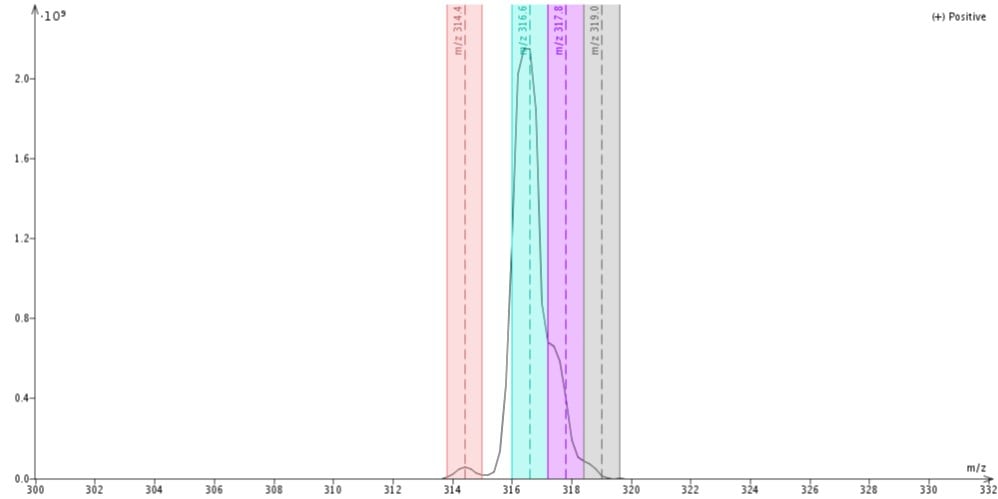
Figure 3. Mass analysis using a Biotage® Dalton 2000 shows the product peak contains the compound M+H mass (316.6), its isotopic masses (317.8 and 319.0), and a M+H of 314.4 (the impurity).
Instead of spending time redeveloping a silica column method using different solvents (usually a good idea), I tried replacing the column with one packed with a propyl amine bonded silica (Biotage® Sfär NH2) and kept the same solvents (hexane and ethyl acetate) to see if this altered the separation selectivity.
Well, I would not be writing this post if I didn’t get different results and felt it important enough to share them with you.
The flash chromatography results using the same gradient with the amine column show my product eluting in a Gaussian shape and a "new" impurity peak eluting before it, Figure 4.
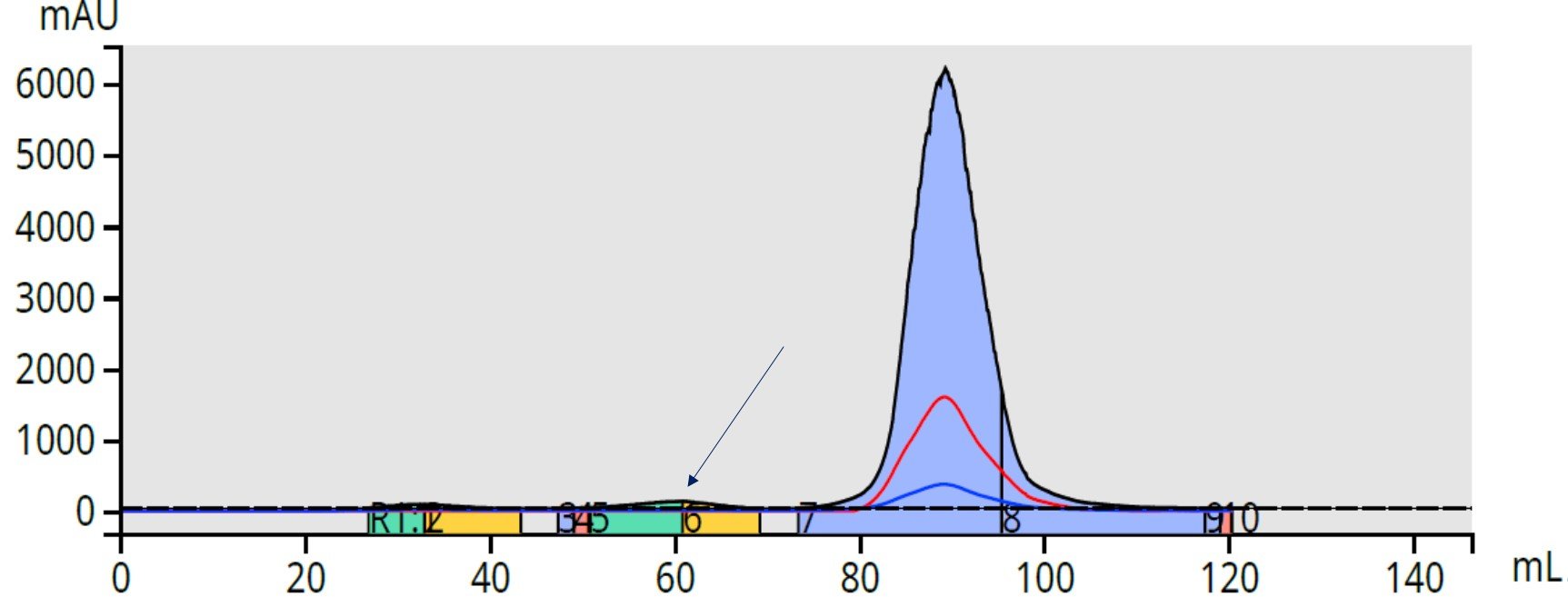
Figure 4. Reaction mixture purification using a 5 g Sfär NH2 column and a 7-60% ethyl acetate in hexane gradient shows the presence of another compound not previously seen at 60 mL.
Mass analyses of my product peak, Figure 5, and the impurity, Figure 6, show the impurity (M+H of 314.4) is not present in my product but is present in the impurity peak.
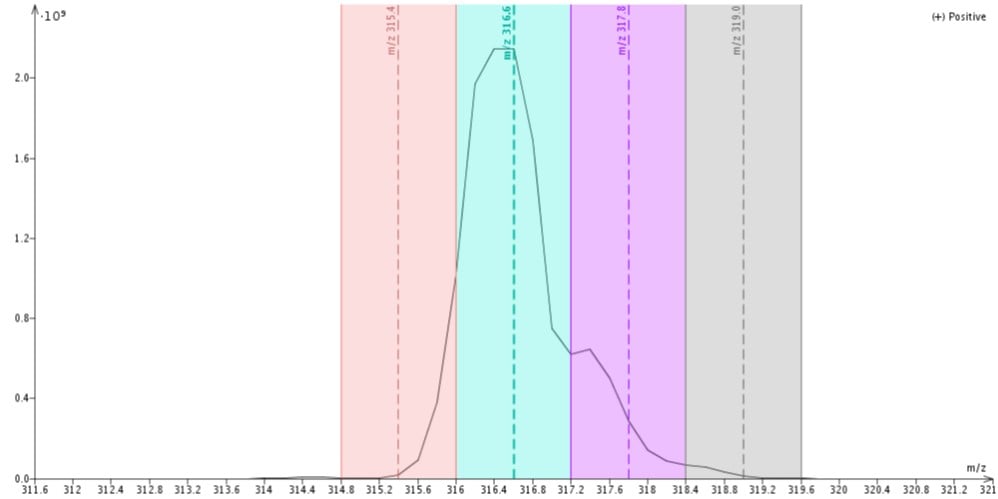
Figure 5. Mass analysis of amine column purification fraction 7 (Figure 4) shows no M+H 314.4 present.
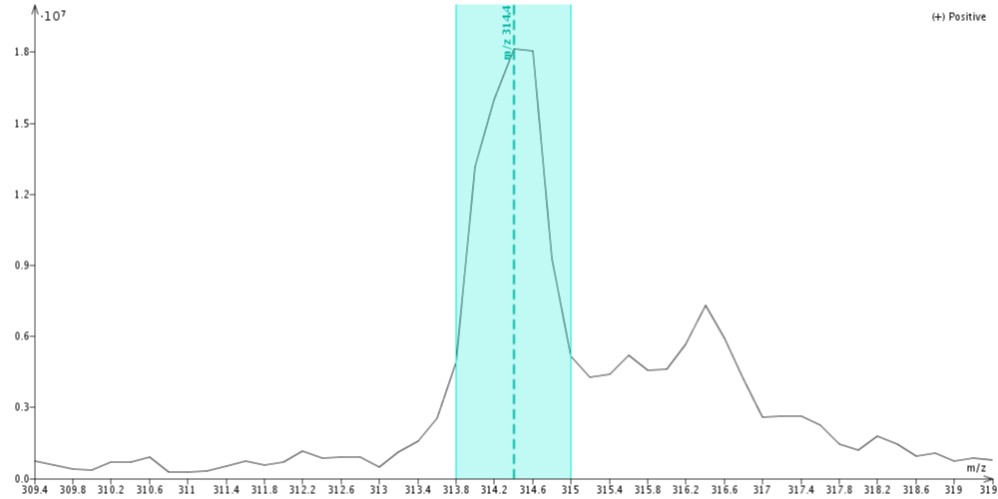
Figure 6. Mass analysis of fractions 5+6 (Figure 4) from the amine column purification shows only M+H 314.4 present in quantity.
So, in this case changing column stationary phase chemistry solved a problem by altering separation selectivity. Therefore, when your are purifying reaction mixtures, expect the unexpected and ensure you have a selection of different column chemistries to deal with the challenges you invariably will encounter.
If you'd like to learn more about successful flash chromatography, check out my latest white paper!

 Organic Workflow
Organic Workflow Peptide Workflow
Peptide Workflow Scale-Up Flash Purification
Scale-Up Flash Purification  Sample Preparation
Sample Preparation Biomolecule Purification
Biomolecule Purification Oligo synthesis
Oligo synthesis Scavengers and Reagents
Scavengers and Reagents Service & Support
Service & Support Accessories & Spare parts
Accessories & Spare parts Investors
Investors Reports & News
Reports & News The Share
The Share Corporate Governance
Corporate Governance Calendar
Calendar Sustainability
Sustainability Our Offering
Our Offering Our History
Our History Our Locations
Our Locations Leadership
Leadership